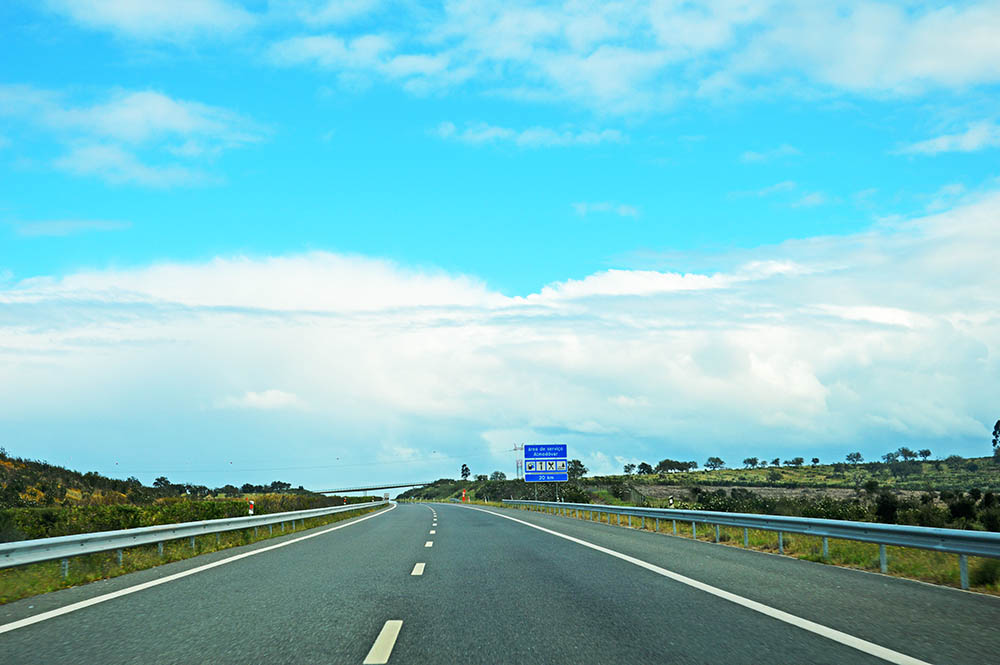The Noise Management Action Plan for the A2 – Auto-Estrada do Sul, on the subsections between Almada and Paderne (A22), is under public consultation at the Participa.pt portal, for one month, until March 9th.
The non-technical summary explains that «noise from road traffic plays an important role in terms of noise pollution, given that cars are one of the main sources of urban noise, directly affecting populations living close to road infrastructures».
Therefore, «it is necessary to acoustically characterize the surroundings of large transport infrastructures (GIT)», as is the case of the A2 motorway, between Lisbon and the Algarve, «with the aim of safeguarding the health and improving the quality of life of the population . Within the scope of this acoustic characterization, Strategic Noise Maps emerge».
These Strategic Noise Maps aim to analyze «the estimated number of people in a given area, exposed to different value classes of regulatory noise indicators (Lden and Ln) as well as the area exposed to these values».
The A2 – Autoestrada do Sul, which runs in the districts of Setúbal, Évora, Beja and Faro, across several municipalities and parishes, presents, in the subsections between Nó Palmela and Nó de Paderne, in the Algarve, «a dispersed rural occupation, in which the sensitive situations present are associated with the existing housing use in the area surrounding the traced in analysis. The dwellings present are of the single-family type with 1 and 2 floors».
The two sources of road noise are «rolling noise, due to the interaction between the tire and the road», and «propulsion noise, generated by the vehicle's powertrain (engine, exhaust, etc.)».
With regard to traffic on the motorway, in Baixo Alentejo (crossing the municipalities of Ferreira do Alentejo, Aljustrel, Castro Verde, Ourique and Almodôvar) and Algarve (Silves and Albufeira), the busiest section is the one between Almodôvar and São Bartolomeu de Messines, where an average of 694 vehicles circulate per hour during the day, 489 at dusk and 102 at night.
In the remaining subsections, between Aljustrel and Castro Verde, 619 vehicles circulate per hour during the day, 450 at dusk and 94 at night. The subsection from Castro Verde to Almodôvar presents 675 (day), 479 (dusk) and 102 (night) and finally that of São Bartolomeu de Messines and Paderne (end of the A2, joining the A22/Via do Infante), there are 678 (day ), 466 (dusk) and 97 (night).
The conclusions of the studies indicate that there are "less than a hundred residents" exposed to noise values "higher than that permitted by law for the Lden indicator", and "around a hundred" exposed "to values greater than that permitted by law for the indicator and Ln (mixed zones)”.
The preparation of this acoustic diagnosis also allowed «to identify conflict zones, as well as situations where it will be necessary to act in order to improve the acoustic environment existing in the area surrounding the road».
The authors of the study consider that, «in order to ensure the effectiveness and sustainability of noise control measures, it is essential to act at the level of planning and spatial planning at the municipal level, in order to avoid the emergence of new residential areas and others with high acoustic sensitivity in the vicinity of this noise source", that is, the A2 motorway.
Especially because, according to current legislation, “the protection of sensitive receptors in the vicinity of transport infrastructures” is only the responsibility of motorway concessionaires if construction licensing predates the existence of these road infrastructures. If it is later, the concessionaires have no responsibility.
Therefore, the studies highlight, «municipalities have an obligation to impose restrictions, both in terms of plans and in the licensing of sensitive uses in areas with noise levels above regulatory limits».
This Strategic Noise Map could have a “relevant role in this aspect, as the presentation of the spatial distribution of noise around the A2 – Autoestrada do Sul, can support municipal decision-makers in the preparation of their plans, as well as at the level of licensing”.
The study also points to the existence of “acoustic barriers” in several areas of the A2, which, from what can be seen from the non-technical summaries, will already be sufficient to resolve conflict situations.
In such a way that the Action Plan “does not recommend additional noise minimization measures”.
Click here to access the Consultation


















Comments